by Jamyang Lekshey (cultural and trekking guide)
If you do the Jomolhari Loop trek and descend after climbing Bonte-La Pass (4902 m), the highest point of the route, you start to walk downstream and eventually reach a small hamlet called Soi Yaksa.
Located towards the north of your campsite, one needs to take a detour and hike for about two hours further to reach the mysterious ruins of Sey Dzong. According to oral legend, sometime before the 19th century there was a Tibetan robber, Jhakpa, who would steal from the valley people at night (another version of the story describes an enemy invasion from Tibet). In order to keep their treasures safe, the community built a dzong-like structure in a cliff. As well as treasures, the local people stored yak skin and horns (“rauw”) there as emergency rations for their soldiers who were engaged in endless battle against Tibetan invasions, thus it was also called the Sey Rauw Dzong, “Sey Horn Fortress”.
The Sey Dzong is an incredibly impressive structure, wedged into a huge overhanging crack within a 300m rockface, 60m above ground. There, supported on a single log, lies a three-storied hermitage once used by monks but thought to have been abandoned at the turn of the century. It would be fascinating to know how this log,weighing several tons, was lifted up into position. The structure remains well preserved, as it is protected from the rain.
We were fortunate to have Acho Yeshey, a local of Soi Yaktsa village, as our trekking horseman; he fondly recalled:
Inside it looks as if the monks left only recently, even the cooking utensils have been left behind… The main building is connected through tunnels to several meditation caves that, from below, look like holes in vertical wall.
There are visible remnants of a spectacular zigzag pathway/staircase up to the dzong, built into the rock, however some of the wooden bridges have rotted away which makes it now impossible to access the dzong itself.


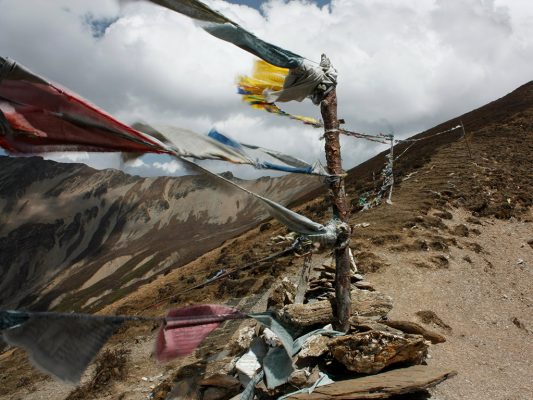
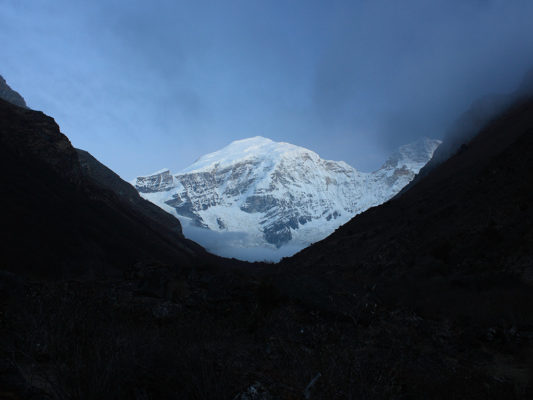
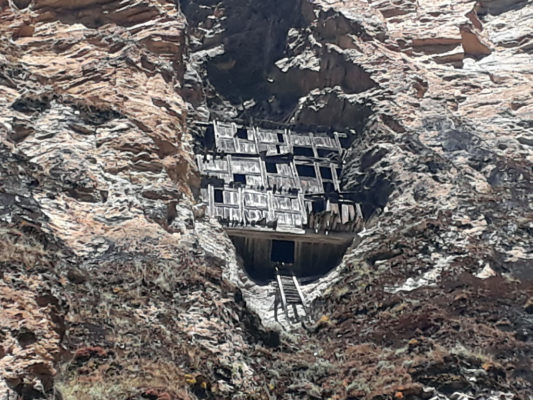
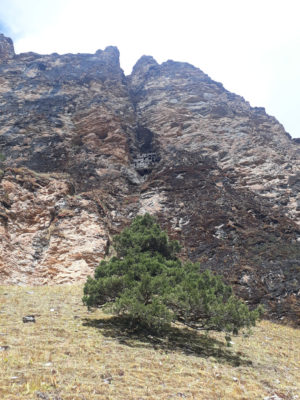
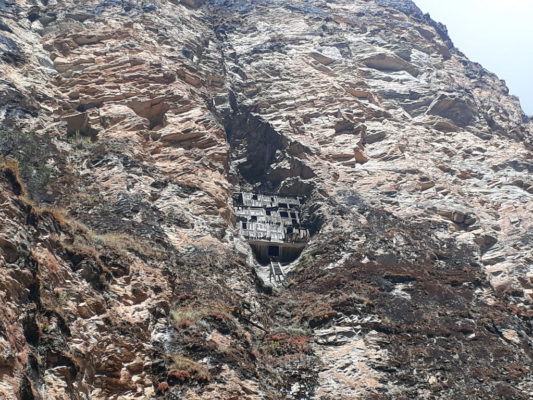
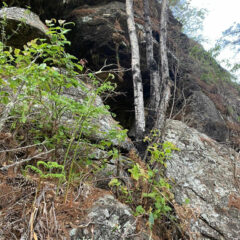

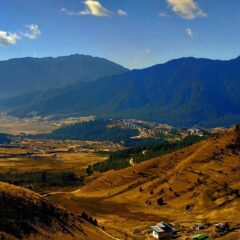
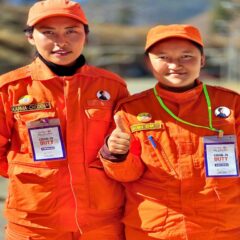
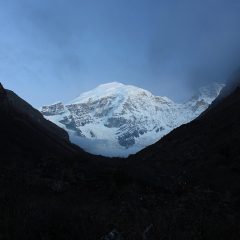
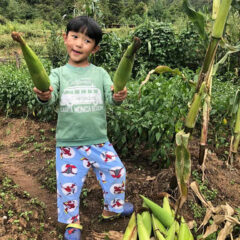
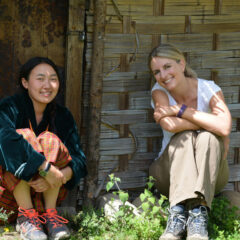
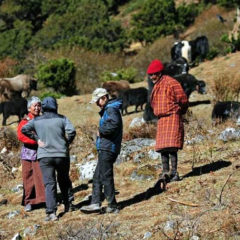
Leave a Reply